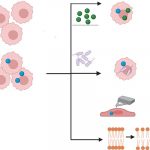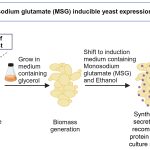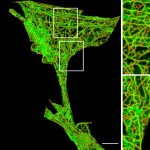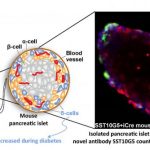
Our body can detect tissue damage and wounds using specific signals from cells called damage-associated molecular patterns (DAMPs). To study the signalling pathways linked to wound healing, researchers have been using the fruit fly as a model.
In a new study, researchers from the Department of Molecular Reproduction, Development and Genetics (MRDG) show that hydrogen peroxide produced from a wound activates specific signalling pathways in the fruit flies’ blood cells (also called hemocytes). Hydrogen peroxide acts as a DAMP signal to help home in hemocytes to the site of damage and activate wound-healing pathways. Hemocytes, in turn, help produce more hydrogen peroxide near the wound using an enzyme called DUOX.
The researchers also found that a water channel called aquaporin helps increase intracellular hydrogen peroxide in blood cells following an injury, which is critical for their activation. Another immune pathway (Toll) was activated upon injury, which is protective for the flies from subsequent bacterial infection. This points to a role that the injury has in training the immune response to fight a potential disease-causing agent.






